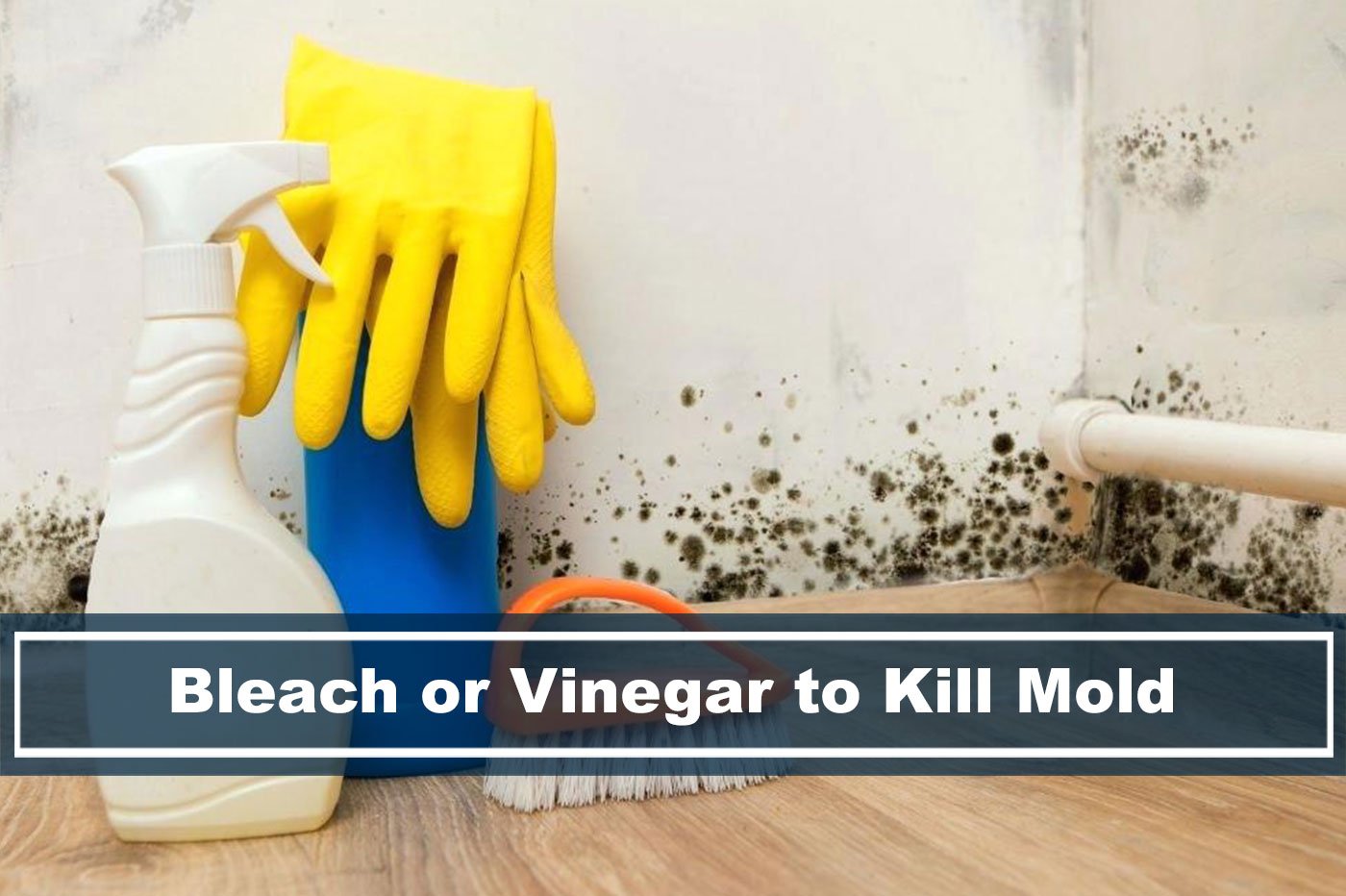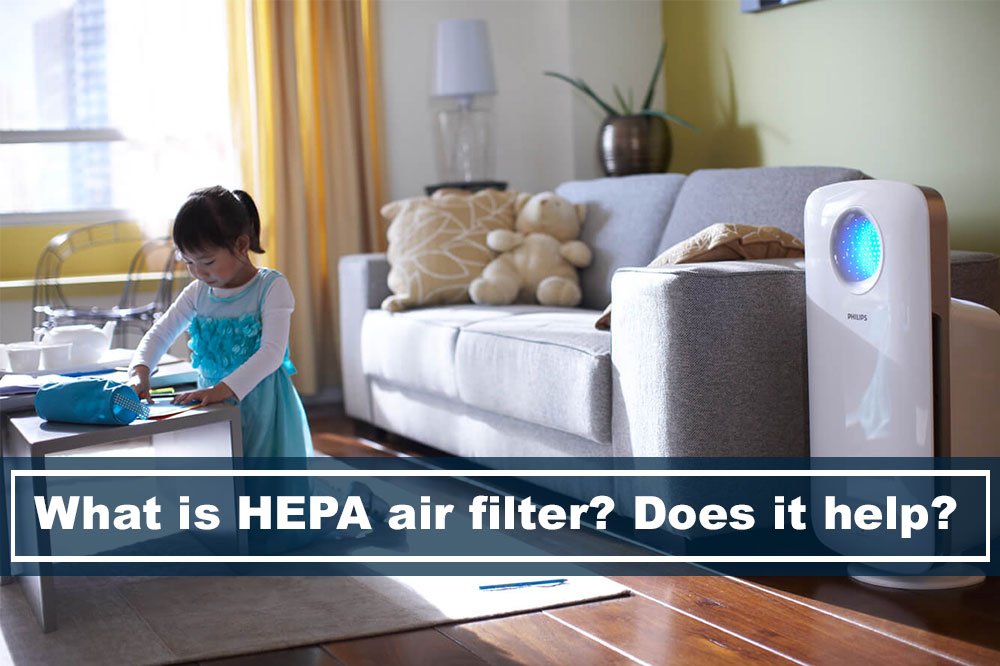
Mold is one of the biggest problems for almost all homeowners. Isn’t it? Well, if you are one of those homeowners, you would frequently look for ways to get a mold-free environment.
And why not? Mold is the last thing that any homeowner would want in his house. It, besides being hideous, it is a cause of several allergies and health problems. So what you can do to get rid of mold? Looking for an answer to “is bleach or vinegar better to kill mold?” Don’t fret! You’ll get your answers in the post below.
Ways To Get Rid of Mold From Your House
Fortunately, there are several household items that you can use to get rid of growing mold in your house. You might have heard about vinegar, and the bleach to get a mold-free environment. Right? And now you are considering what in actual is the best way to get the job done.
You Should Kill Mold With Bleach If:
- It is Growing on Non-Porous Surfaces — Bleach is one of the most potent remedies to kill mold that is being grown on non-porous surfaces like glass, bathtubs, tiles, etc. This is because bleach cannot penetrate inside the porous substances, and thus, it is best not to use on non-porous surfaces.
- The Mold Area is Sparse — Since bleach is chemical, so we do not recommend it to use in larger areas. The chemical structure of bleach makes it harmful for lungs and thus not approved by EPA.
- You are Looking For Some Cheap Yet Stronger Remedy — Bleach, whether it is oxygen one or the one with chlorine, is a cheap remedy to get rid of mold. And yet, it is powerful. Although you can use other household items like organic vinegar, it can be expensive sometimes.
You Should Kill Mold With Vinegar If:
- Mold is Growing on Porous Surfaces — Since bleach cannot work on porous surfaces like carpets and upholstery, vinegar stored in your cabinet comes handy. It can penetrate deep into the pores of the surface, killing around 82% of it.
- The Mold Area is Dense — Unlike bleach, vinegar is a natural and non-toxic remedy to kill mold and bacteria. EPA approves it, so you can use it everywhere and anywhere; even the mold area is dense AF.
- You Want to Kill Mold At The Roots — Bleach is effective to get rid of mold but on the surface. So, if you are looking for something that can kill mold at the roots, vinegar is pretty much everything that you need.
Killing Mold with Bleach
As mentioned earlier, bleach is one of the practical and cheap remedies to kill mold that is being used for centuries. The harsh fumes produced by bleach kills bacteria and viruses and sanitizes the area. Besides that, the spores and allergens can also get neutralized with the use of bleach.
So here’s how you can use bleach to kill mold.
- Before you get started, you need to open the windows and keep the room ventilated. Since bleach can irritate your skin and affect your eyes, we recommend wearing protective glasses and gloves beforehand.
- Now, dilute one cup of bleach with a gallon of water, giving a ratio of 1:10.
- Now apply the mixture to the affected areas. For this, you can use a spray bottle or a sponge, so the mixture spreads evenly over the whole surface.
Let it sit and work for good. Bleach will slowly destroy and kill the mold. That means you don’t have to do the process again.
Kill Mold with Vinegar
Vinegar is another amazing remedy that will help you get rid of mold. White vinegar is a mild acid that can kill around 82% of mold species. You can mix it with baking soda or hydrogen peroxide to kill bacteria and mold.
Follow the following steps to kill mold using vinegar.
- Safety first! So wear protective gloves and glasses before using vinegar too.
- Put the vinegar in a spray bottle without watering it down.
- Spray the vinegar onto the moldy surface and let it sit for around an hour.
- After an hour, wipe clean the area using water and allow the surface to dry.
You can also mix the vinegar with baking soda for an effective result. You can repeat this process after a few days again to ensure a mold-free surface.
Final Thoughts
Both vinegar and bleach are practical and powerful to kill mold growth around your house. However, both have their perks and downsides. Vinegar, however, is a natural and non-toxic remedy that will penetrate deep inside the mold areas and prevent their growth.
Bleach can be toxic for your health, while vinegar can cause discoloration if used on tiles. So we recommend it to use these methods only if there is a small amount of mold in your house. Only professional mold remediation can reduce significant mold growth. So we recommend contacting them to ensure mold removal safely and effectively.




